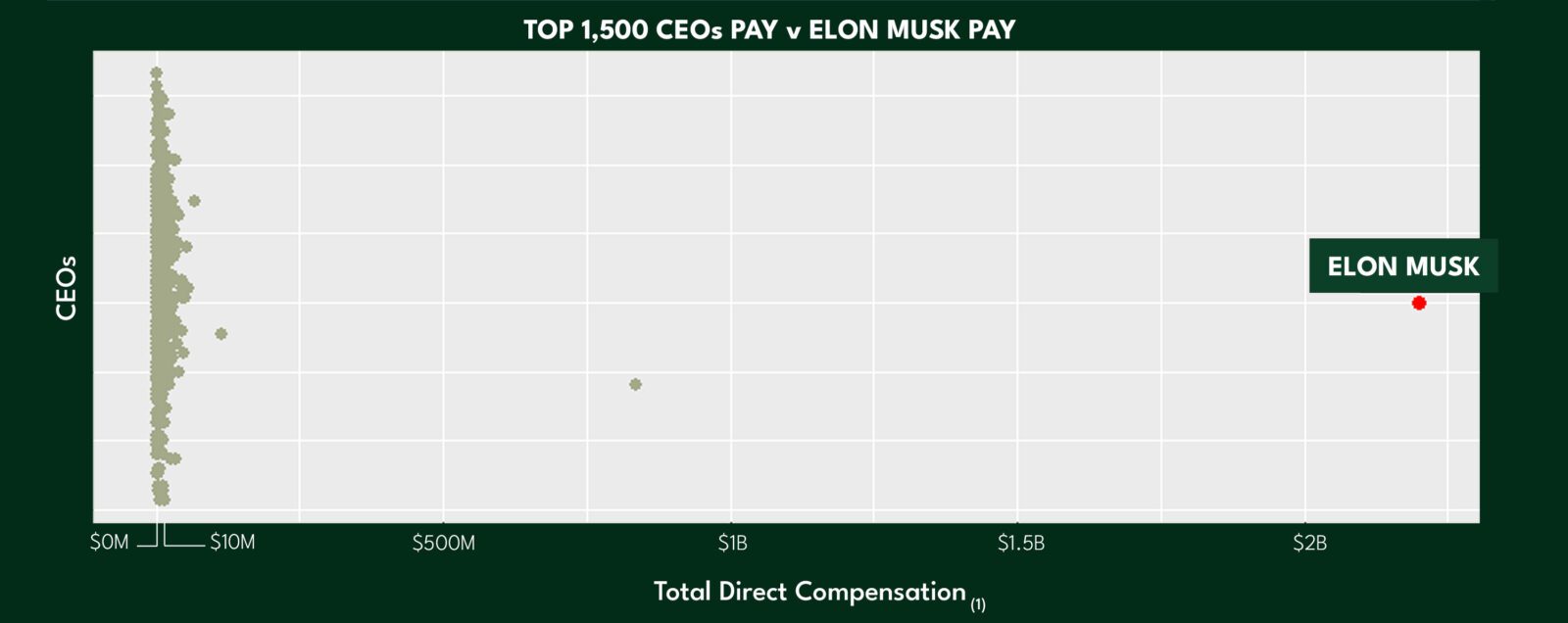SEC Compensation Clawback Rules
It took 12 years post Dodd Frank and a 3-2 political party divided vote, but the SEC has finally adopted new clawback rules. Here is an early summary, and for those who love the details, see the full release below.
Summary: Recovery of Erroneous and Excessive Executive Compensation
Which Companies Must Adopt The SEC's Compensation Clawback Rules?
What is Required?
New Exchange Act Rule 10D-1 directs the exchanges to establish listing standards that need companies to:
- “Develop & implement written policies for recovery of incentive-based compensation based on financial information required to be reported under the securities laws, applicable to the companies’ Sec. 16 executive officers, during the 3 completed fiscal years preceding the date that the issuer needs to prepare an accounting restatement: and
- Disclose those compensation recovery policies according to the Commission rules, which include giving the information in a format that’s tagged data.”
What is Incentive Based Compensation?
Short answer: “Specifically, we are defining “incentive-based compensation” to be “any compensation that’s earned, granted or vested based in part or wholly upon the attainment of any financial reporting measure.”
The long answer: the final rules define “incentive-based compensation” as “any compensation that’s earned, granted, or vested based in part or wholly upon the attainment of a financial reporting measure.” “Financial reporting measures” are defined as “measures that are determined as well as presented according to the accounting principles utilized to prepare the issuer’s financial statements, and any measures that’re derived in part or wholly from such measures. Total shareholder return and stock price are also financial reporting measures. A financial reporting measure need not be presented within the financial statements or included in a filing with the Commission. As such, any incentive-based compensation recovered under the final rules’ compensation that an executive officer wouldn’t have been permitted to receive had the financial statements been presented accurately.”
Who is Covered?
For exchange-listed companies, covered executives are current and former Section 16 executive officers in the applicable period who received incentive-based compensation in excess of the amount that otherwise would’ve been received had it been determined based on the restated financial measure.
When Do Restatements Trigger a Clawback?
Short answer: when either a “little r” or “Big R” occurs and it results in an executive officer receiving incentive–based compensation that would not have otherwise been awarded.
The long answer: the new rule will apply the clawback policy to both “little r” and “Big R” restatement events. If a listed issuer needs to prepare an accounting restatement, which includes correcting an error that would lead to a material misstatement if the error were left uncorrected in the current period or corrected in the current period, the issuer would be required to recover from any current or former executive officers incentive-based compensation that’s been awarded erroneously throughout the 3 years preceding the date such a restatement was needed. The recoverable amount’s the amount of incentive-based compensation that’s been received in excess of the amount that otherwise would’ve been received had it been determined based on the restated financial measure.”
Are There Exceptions?
There are “3 Impracticability Exceptions”:
- Direct expenses paid to 3rd parties to assist in enforcing the policy would go beyond the amount to be recovered and the company’s made a reasonable attempt to recover;
- Recovery would violate home country law that existed at the time of adoption of the rule, and the company provides an opinion of counsel to that effect to the exchange; or
- There’s a likelihood that recovery would cause an otherwise tax-qualified retirement plan, failing to meet the Internal Revenue Code requirements.
When is it Effective?
Short answer: realistically, companies will need to have compliant policies implemented by midyear fiscal 2023.
Long answer: The new rule will become effective 60 days following publication of the release in the Federal Register. However, exchanges will be required to file proposed listing standards no later than 90 days following publication of the release in the Federal Register, and the proposed listing standards must be effective no later than one year after Federal Register publication. Each listed Issuer will need to adopt a clawback policy no later than 60 days after the applicable exchange standards’ effective date.
What and Where Do Companies File?
All exchange-listed companies are going to need to file their written compensation recovery policies as shown to their Form 10K, and show in check boxes on their annual reports (i) whether their financial statements included in the filing reflect a correction of an error to previously issued financial statements and (ii) whether these corrections are restatements that essential a clawback recovery analysis.
Also, it is essential for a company to disclose the following:
- The date it was needed in preparing an accounting restatement and the aggregate dollar amount of compensation that is erroneously awarded attributable to such accounting;
- The aggregate amount that stays outstanding and any outstanding amounts due from any former or current named executive officer for 180 days or more;
- Details on any reliance on the impracticability exceptions; and Companies are going to be required to use Inline XBRL to tag their compensation recovery disclosure.
Other Interesting Observations:
Finally, we thought it would be interesting to also note the current state of clawback policies across the public markets:
- Based on recent analysis, a strong majority of companies in the S&P 500 have policies in place today that cover incentive compensation (cash & equity), but that prevalence drops off within the Russell 3000.



